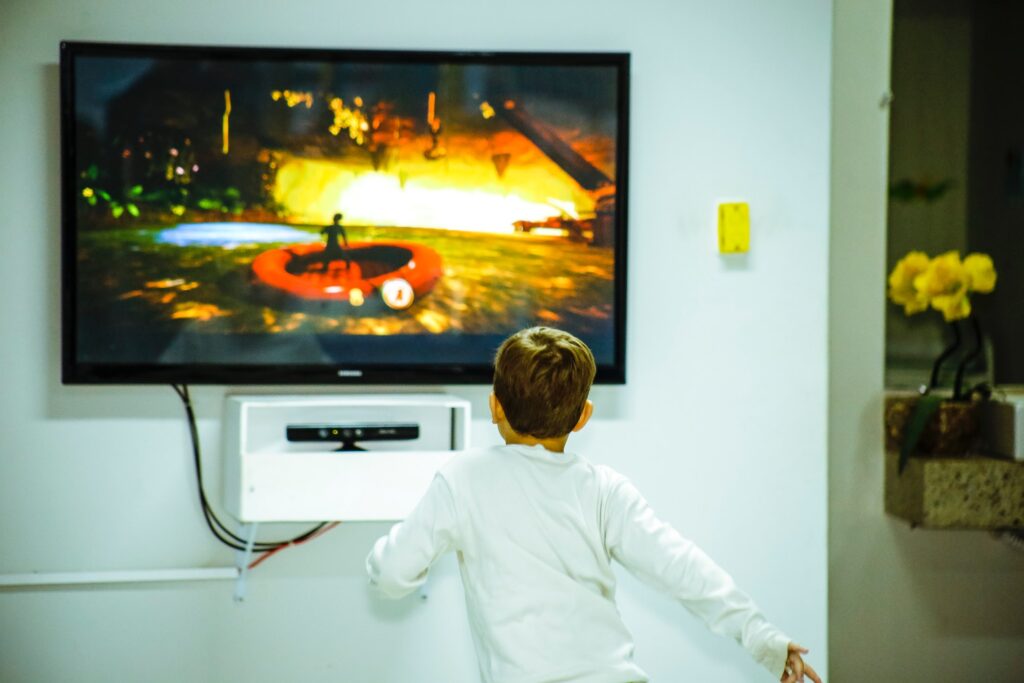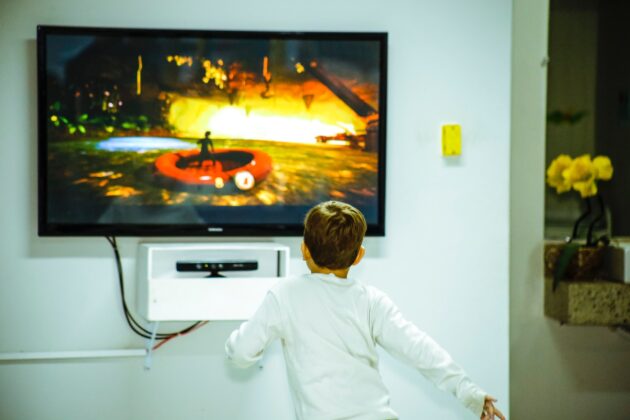
The Broadcast Antenna Market size will grow at a compound annual growth rate of 4% up to 2026. The best indoor TV antenna receives electromagnetic waves transmitted in VHF and UHF band frequencies.
Indoor TV antennas served as the only pick-up signals before the cable and satellite technology innovation. Even so, they’ve evolved with time, and the models in the market today are more urbane.
Modern indoor TV antennas come in lightweight shapes that allow for easy installation. Besides, they’re your best option if your TV signal locator isn’t very powerful.
This article discusses tips on finding the best indoor TV antenna.
Table of Contents
Type of Your Indoor TV Antenna
There’re two main types of indoor TV antennas that you can buy. The unidirectional antenna gets the TV antenna signal from a single direction.
They are well-known for having low interference since they point in one fixed direction.
The omnidirectional antenna receives the TV signal booster from multiple directions. That way, you gain access to more signals.
It’s the best type of TV antenna if you don’t know the location of your TV signal source. Even so, you should expect more interferences and distortions when watching your TV programs.
Get a Signal Report
Your signal report presents critical data on the TV signals in your area. The FCC uses a mapping tool that shows the available stations in your location.
You can also see the stations that have either strong or weak signals. Besides, the signal report will state the signal band frequency for each TV channel by its signal strength.
Strong signals appear in green, moderate in yellow, and weak in brown. Interpreting the information in your signal report will help you select a suitable antenna.
Size of the Indoor TV Antenna
The maximum frequency of your TV signal amplifier will depend on the size and type of the indoor TV antenna. Small antennas have shorter wavelengths and high frequencies.
Large antennas have longer wavelengths, hence lower frequencies.
You should know the frequency of the TV antenna signal before choosing an indoor TV antenna. That way, you can avoid getting no TV signal that can interrupt your entertainment.
Standing Wave Ratio (SWR)
SWR represents the proportion of the energy that your device emits to that which gets reflected by the coaxial cable or TV signal locator. Your device will wear out if it lacks proper resistance due to poor impedance change.
The surplus energy builds up, causing overheating of the TV signal amplifier equipment. Keeping in mind the standing wave ratio will ensure the best lifecycle of your indoor TV antenna.
Polarity
The polarity affects how the TV antenna signal gets transmitted and received by the transmitter. Electromagnetic waves have electrical fields that send signals vertically and magnetic fields with horizontal transmissions.
A radio link translates the wave when signals travel between the transmitter and the receiver. So the antennas must have a uniform polarization for communication to prevail without interruption on both devices.
Best Indoor TV Antenna
Before setting up your indoor TV antenna, check for the number and condition of the available power outlets. You should also know the status of other devices that send and receive signals around your area.
Find a suitable location to place your indoor TV antenna. With this guide, you shouldn’t have difficulty choosing the best indoor TV antenna.
Explore this page for more ideas on choosing the best indoor TV antenna.
